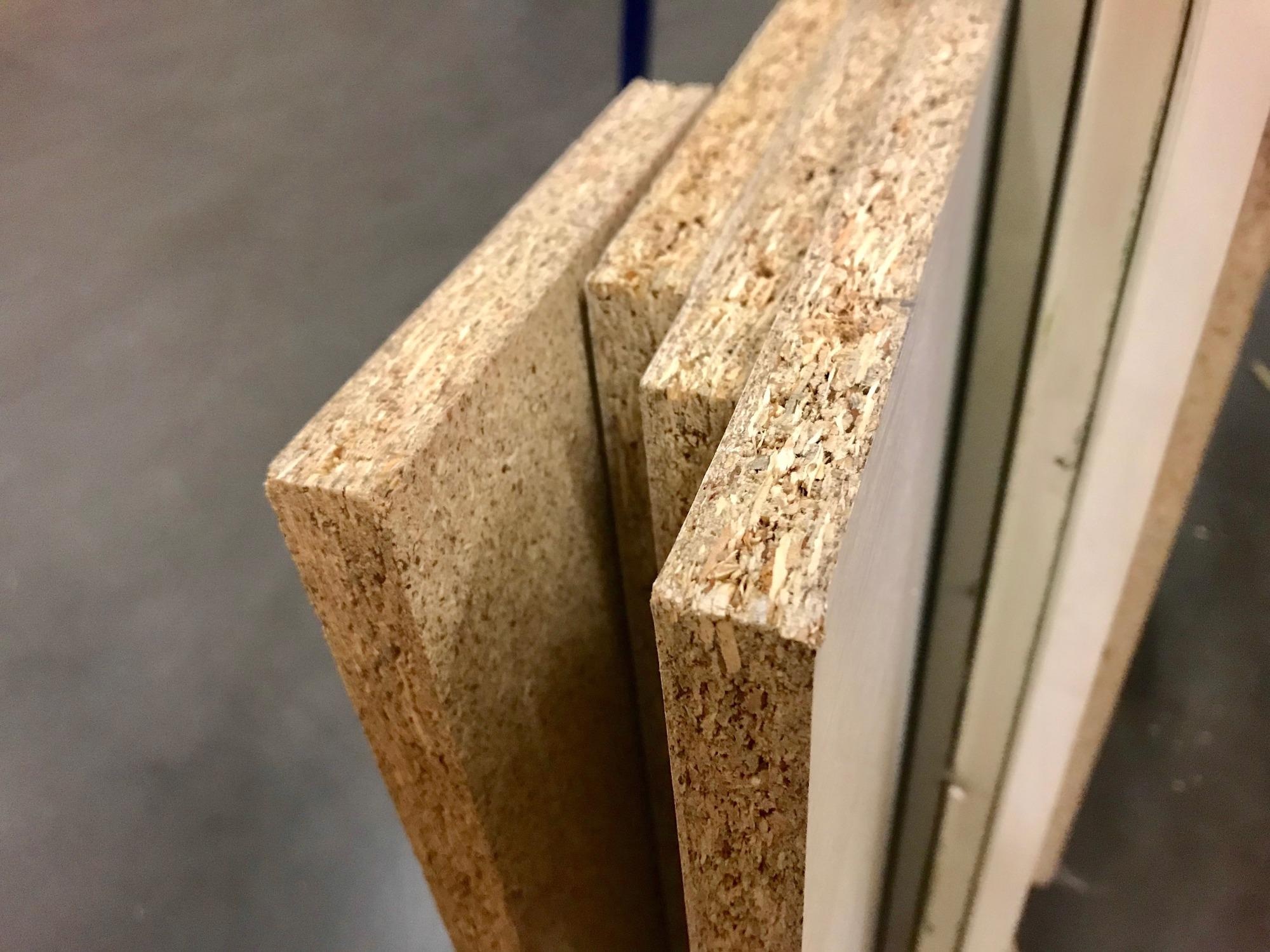Wood is a durable, strong and renewable resource that is widely used in construction, especially for furniture, but year-after-year prices are growing, making it increasingly more expensive.

Image Credit: Shutterstock / allamimages
Fabricated wood products, including medium-density fibreboard (MDF) or particle board, are cost-effective, popular solutions found in many homes across the world. However, there are particular risks involved during manufacturing that must be monitored.
MDF and particle board are produced through a compression process involving mixing wood chips or fibers with a resin, typically a urea-formaldehyde mix, and molding it into boards. Formaldehyde is absolutely necessary for this process, but it is a known carcinogen.
Due care and attention must be paid to ensure the amount of formaldehyde stays at the minimum required for a successful product to mitigate its ability to cause harm to both manufacturers and consumers.
Click here to read 'Understanding Adhesives in Wood Products'
To properly check formaldehyde and urea when fabricating MDF or particle board, elemental determination can be used, which specifically detects carbon and nitrogen.

Image Credit: LECO Corporation
By keeping a close eye on the ratios of carbon and nitrogen in urea-formaldehyde resins, manufacturers are able to monitor production in real-time, making sure that the blends are suitable. A conventional urea-formaldehyde resin has between 5-30% carbon and 15-30% nitrogen.
Macro carbon/nitrogen determinators, such as LECO’s CN928, can help establish these values in cycle times in as little as 6 minutes, offering a consistent stream of data for monitoring and quality assurance purposes.
Fred Schultz, LECO applications chemist, delves deep into the world of elemental determination in adhesives in an on-demand webinar.

This information has been sourced, reviewed and adapted from materials provided by LECO Corporation.
For more information on this source, please visit LECO Corporation.